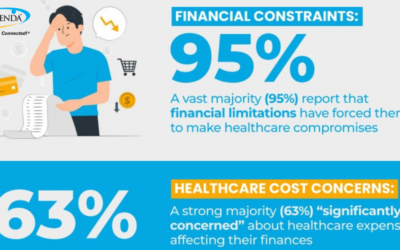Over the last year, a number of reports have indicated that when it comes to managing their long-term care, more and more individuals are looking to avoid assisted living centers, the facilities that were once the affordable mainstream option for extended care.
A 2012 study from ReverseMortgageDaily.com indicated that as many as 90 percent of older individuals desire to age in place, with three-quarters saying that they’re willing to make home modifications that allow them to receive care while still enjoying the comforts of home. This sentiment was further echoed by representatives of AARP, who found a similar opinion to be prevalent amongst its community.
As such, many experts say that the assisted living facility market needs to recognize these trends and adapt accordingly. Some have already begun experimenting with home care solutions that allow older individuals to receive care manager support with everything from grocery shopping to yard work while staying in their home or current residence.
Still, this is likely only the beginning of a sea of change in the industry. In order to thrive in this new environment, established care providers will need to adopt alternative methods for providing the best home care for elderly individuals.
Technology is likely to provide these businesses with low-cost solutions that can greatly increase the quality of care the elderly receive, and in many cases, it has already made great strides toward this goal.
At Independa, we offer caregiver Web applications that utilize televisions to improve overall care. Our Caregiver Web app, for instance, is a complete solution that allows for two-way communication between older individuals and their care managers, and includes electronic reminders that prompt care recipients to alert their care managers of when they are taking their medications. Seniors also gain the ability to take advantage of social engagement features with the app such as one-touch access to email, video chat and Facebook.
These technologies are a win-win for the industry, as they allow older Americans to remain in a comfortable setting, while providing peace of mind to care managers who want to ensure that their clients are being sufficiently monitored.




